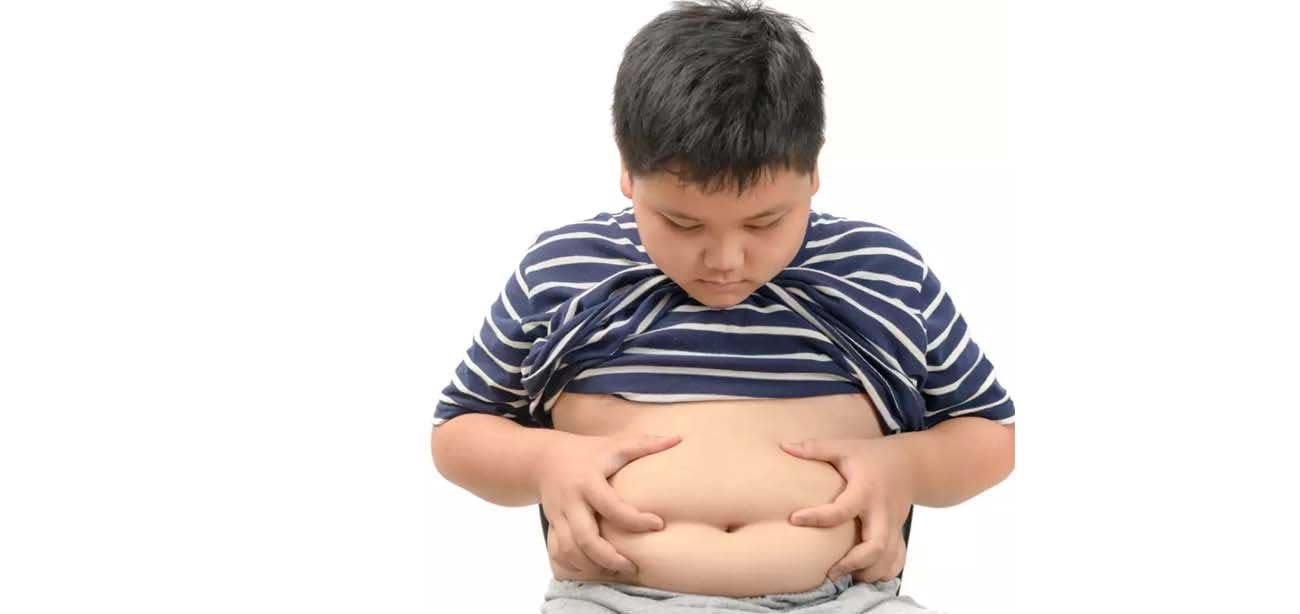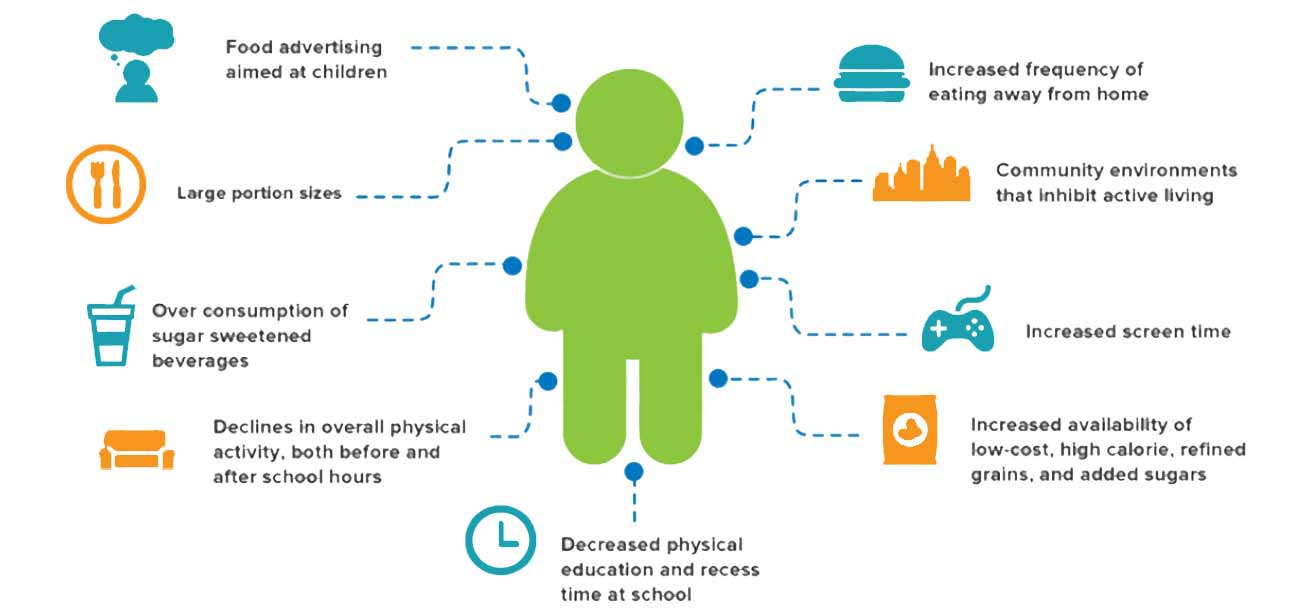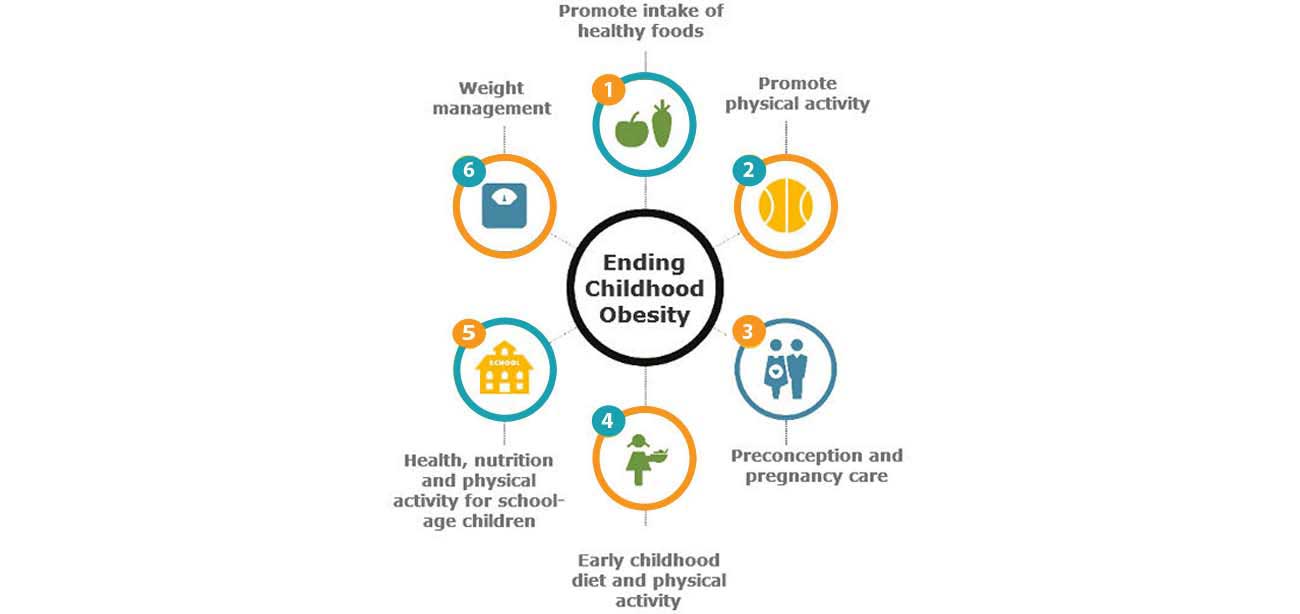Childhood obesity is a serious medical condition not just in India, but across the globe. In developed countries, this problem has reached epidemic proportions while developing countries are not far behind. It is estimated that worldwide over 2.3 million children under the age of five are obese. One is 10 children is overweight India is said to have the second highest number of obese child in the world behind only China.
Childhood obesity is particularly troubling because the extra pounds lead to health problems that were once considered to affect only adults.

These ailments include dia¬betes, high blood pressure, high cholesterol, asthma, sleep apnea, fatty liver, gall bladder problems, gastro oesophageal reflux, etc. Many obese children become obese adults especially if one or both parents are obese. Obesity can also lead to poor self-esteem and depression. One of the best strategies to reduce child¬hood obesity is to improve eating and exercise habits of the entire family"

Low self-esteem, increased depressive symptoms and unhealthy dietary practices

All health care personnel unanimously agree that prevention is a key strategy for controlling the current epidemic of obesity.
Copyright © Dr. Anil Solanki